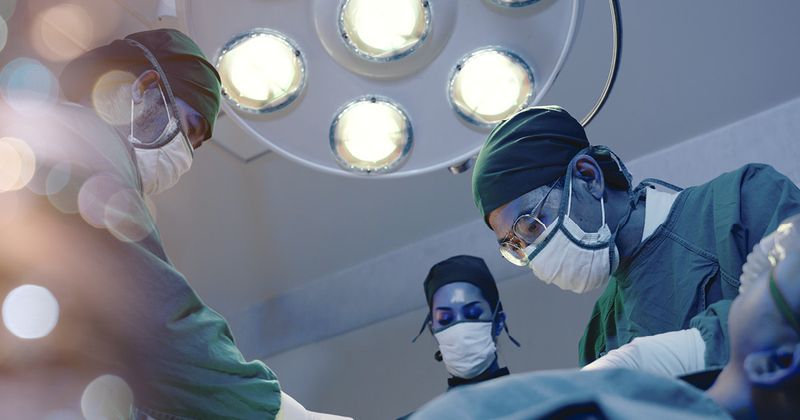Surgery setting did not impact safety of calcaneus fracture ORIF via sinus tarsi approach
LAS VEGAS — Presented results showed the outpatient setting may be suitable for patients who undergo operative repair of isolated calcaneus fractures via the sinus tarsi approach.
At the American Academy of Orthopaedic Surgeons Annual Meeting, here, Walter R. Smith, MD, presented findings of a retrospective study of 113 patients who met study inclusion criteria and underwent open reduction and internal fixation (ORIF) of calcaneus fractures via the sinus tarsi approach from 2012 to 2020.

“Historically, nonoperative management was often carried out due to complications associated with these fractures with respect to wound complications. However, given the rise in the use of the sinus tarsi approach early extensile lateral, we’re seeing less of this,” Smith said.
For the study, he and his colleagues at the University of Alabama at Birmingham reviewed results among 24 patients managed as inpatients and 89 patients managed as outpatients.
“The purpose of our study was to assess the safety of treatment of calcaneus fractures for ORIF in an inpatient vs. an outpatient setting,” Smith said.
With the primary outcome of deep infection, researchers found no increased risk of wound complications with the sinus tarsi approach when the procedures were performed outpatient. Researchers defined deep infection as the need to return to the OR for debridement with a readmission and positive cultures, according to the abstract.
“There were no significant differences in primary outcomes between the inpatient and outpatient groups in our logistic regression model. This is with respect to deep infections, implant-related pain, return to the OR and readmissions,” Smith said.
“Inpatients had a higher likelihood of being higher [American Society of Anesthesiologists] ASA classifications, specifically three and four, almost twice as likely as outpatients. Outpatients, not surprisingly, had a longer time to definitive fixation, almost 2 weeks as compared to 8 days for inpatients,” he said.

